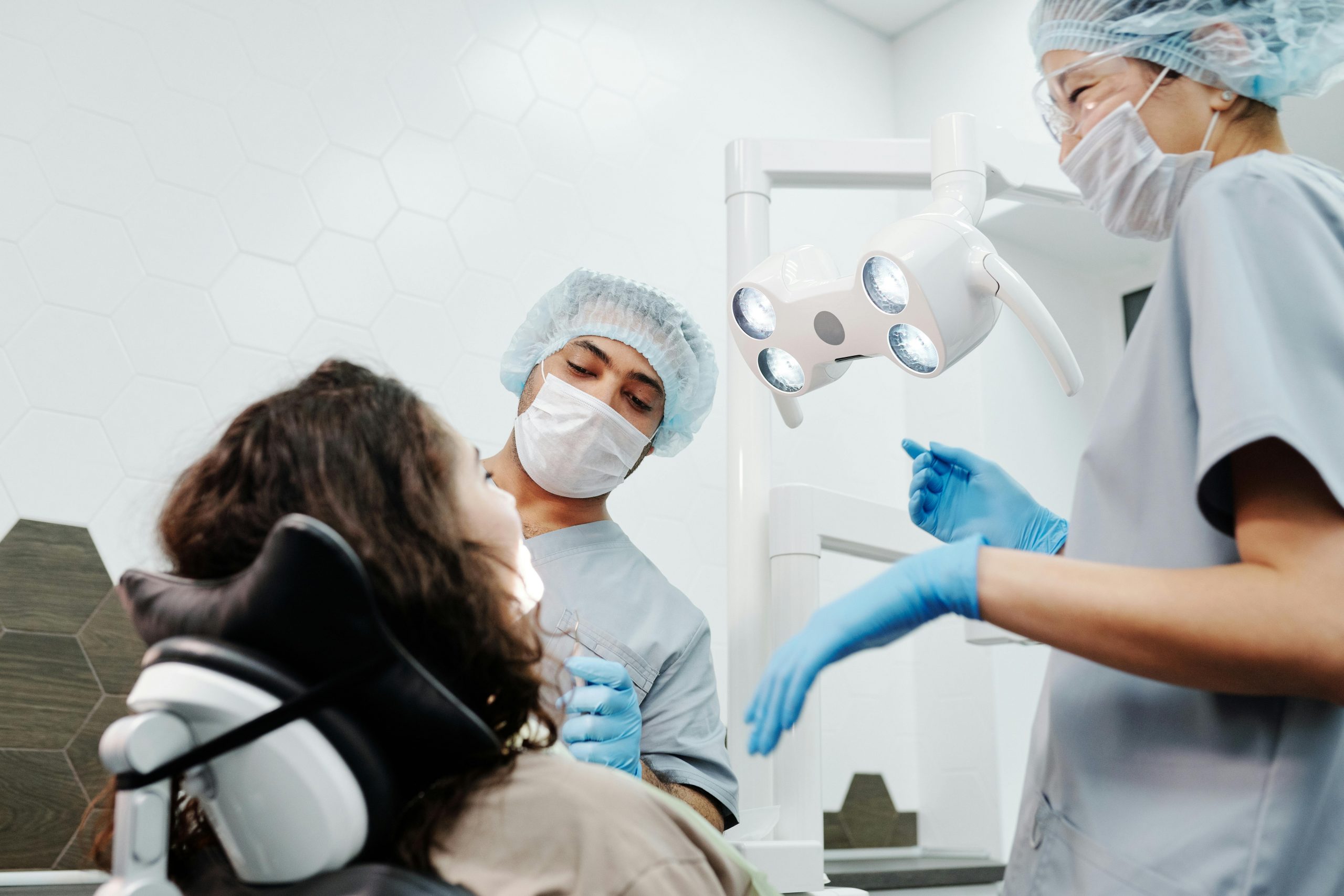- Students wearing braces often feel insecure due to social pressures and unrealistic beauty standards in media.
- Embracing braces as a step towards a healthier smile can help students build self-confidence.
- Invisible dental braces are a less noticeable option that can reduce insecurity for self-conscious students.
- Good oral hygiene and a braces-friendly diet are essential for managing insecurity and maintaining dental health.
- Support from parents, teachers, and regular orthodontic visits is crucial for emotional and practical guidance.
Braces are a common dental treatment for correcting misaligned teeth and achieving a beautiful smile. While the end result is highly desirable, the journey of wearing braces can be fraught with insecurity, especially for students. This article aims to provide strategies for students to overcome their insecurities while wearing braces, fostering confidence and self-esteem throughout the process.
Understanding the Source of Insecurity
Social Pressures and Peer Perception
One of the primary sources of insecurity for students wearing braces is the fear of being judged or teased by peers. The teenage years are particularly sensitive as students develop their identities and often feel immense pressure to fit in. Braces, which are highly visible and sometimes associated with stereotypes, can exacerbate these feelings of self-consciousness.

Media Influence and Beauty Standards
Another significant factor contributing to insecurity is the portrayal of beauty standards in the media. Flawless smiles and perfectly aligned teeth are often glorified, creating unrealistic expectations, especially in Asian countries like Singapore, Japan, and South Korea. Students may feel that their braces make them less attractive or desirable, lowering self-esteem and self-worth.
Building Self-Confidence
Embracing the Journey
Encouraging students to see braces as a positive step towards improved dental health and a beautiful smile is crucial. Understanding that braces are temporary and will lead to long-term benefits can help shift their perspective. Highlighting stories of individuals who have undergone the same process and now have stunning smiles can also be motivating.
Highlighting the Advantages of Invisible Dental Braces
For students particularly concerned about the appearance of traditional metal braces, invisible dental braces can be a game-changer. These braces are less noticeable and can significantly reduce the visual impact, helping students feel more comfortable and confident. Discussing the availability and benefits of clear dental braces can alleviate some of the insecurities associated with orthodontic treatment.
Practical Tips for Managing Insecurity
Maintaining Good Oral Hygiene
Good oral hygiene is essential for anyone wearing braces. It not only ensures dental health but also contributes to a fresher breath and a cleaner appearance. Teaching students the importance of brushing and flossing regularly can help them feel more in control and less self-conscious about their braces.
Brushing Techniques
Students should brush their teeth after every meal using a soft-bristle toothbrush and fluoride toothpaste. Special attention should be given to cleaning around the brackets and wires to prevent plaque buildup and staining.
Flossing with Braces
Flossing can be challenging with braces, but it’s crucial for preventing gum disease and cavities. Dental floss threaders or orthodontic flossers can make the process easier. Demonstrating proper flossing techniques can help students maintain their oral hygiene more effectively.
Choosing the Right Diet
Certain foods can damage braces or make them more noticeable. Advising students to avoid sticky, hard, or sugary foods can prevent issues such as broken brackets or wires. Additionally, a balanced diet supports overall dental health, contributing to a positive braces experience.
Emotional Support and Encouragement
Creating a Supportive Environment
A supportive environment at home and school is essential for students wearing braces. Parents, teachers, and friends can play a significant role in boosting the student’s confidence by providing encouragement and understanding.
Parental Support
Parents should regularly communicate with their children about their feelings regarding braces. Offering reassurance and sharing positive stories about people who have had braces can help alleviate their concerns.
Teacher Involvement
Teachers can also support students by fostering an inclusive and accepting classroom environment. Encouraging positive social interactions and promptly addressing teasing or bullying can make a significant difference.
Professional Guidance and Resources

Regular Dental Visits
Regular visits to the orthodontist are crucial for monitoring progress and addressing any concerns. These visits allow students to ask questions and receive professional advice on managing their braces effectively.
Importance of Follow-Up Appointments
Follow-up appointments ensure that the braces function correctly and that any issues are promptly addressed. These visits also allow orthodontists to reinforce the importance of oral hygiene and proper care.
Celebrating the Journey
Documenting Progress
Encouraging students to document their progress through photos or journals can help them see the positive changes over time. This documentation can serve as a motivational tool, reminding them of the benefits they will achieve.
Before-and-After Photos
Taking regular photos throughout the orthodontic treatment can visually demonstrate the improvements. These before-and-after photos can be incredibly satisfying and provide a tangible reminder of the journey’s end goal.
Wearing braces is a significant step towards achieving a healthy and beautiful smile, but it can also be a source of insecurity for students. By understanding the sources of insecurity, building self-confidence, offering practical tips, providing emotional support, seeking professional guidance, and celebrating the journey, students can overcome their insecurities and confidently embrace their braces. The support from family, friends, and professionals is invaluable in helping students navigate this challenging yet rewarding process, ultimately leading to a brighter, more confident smile.

